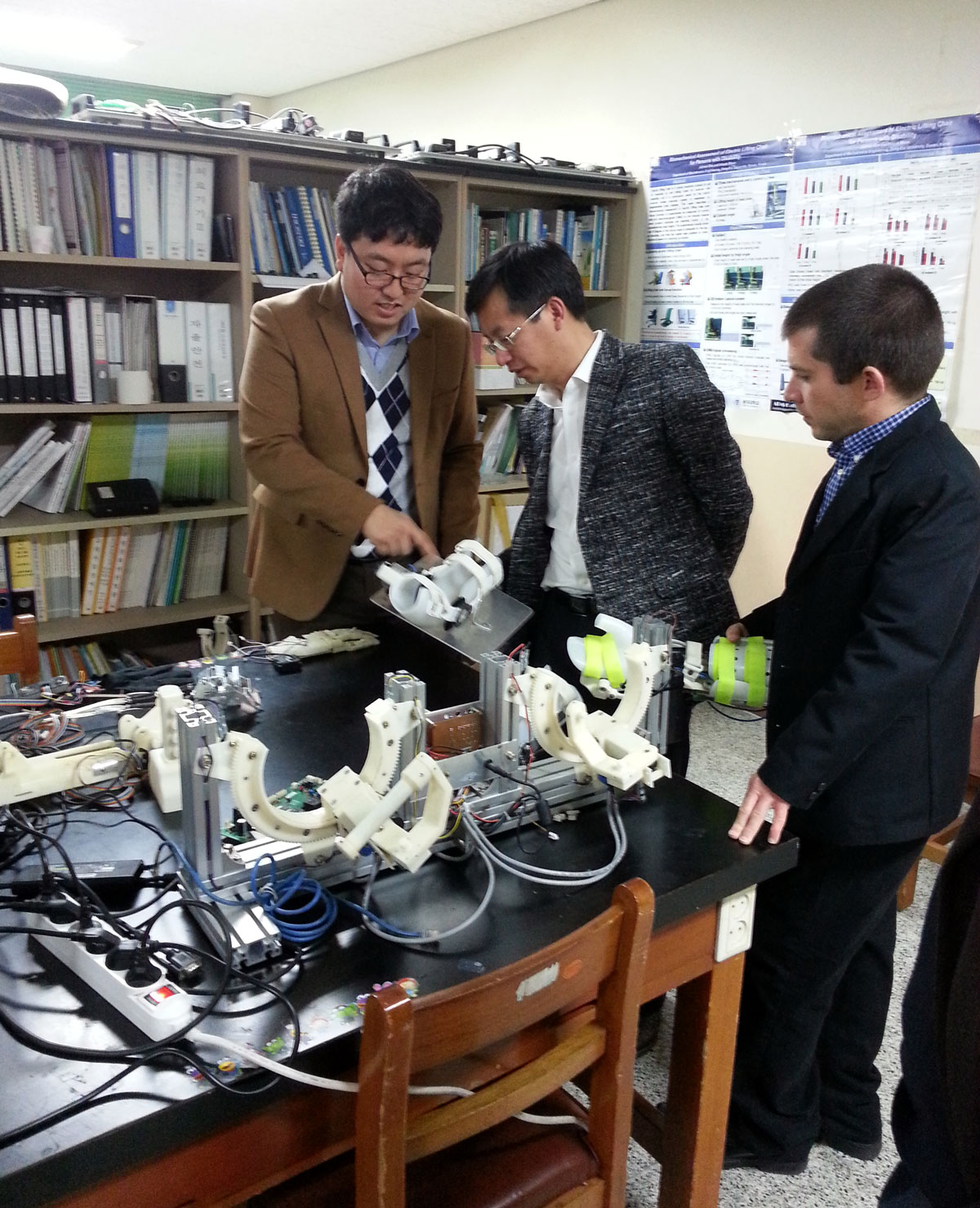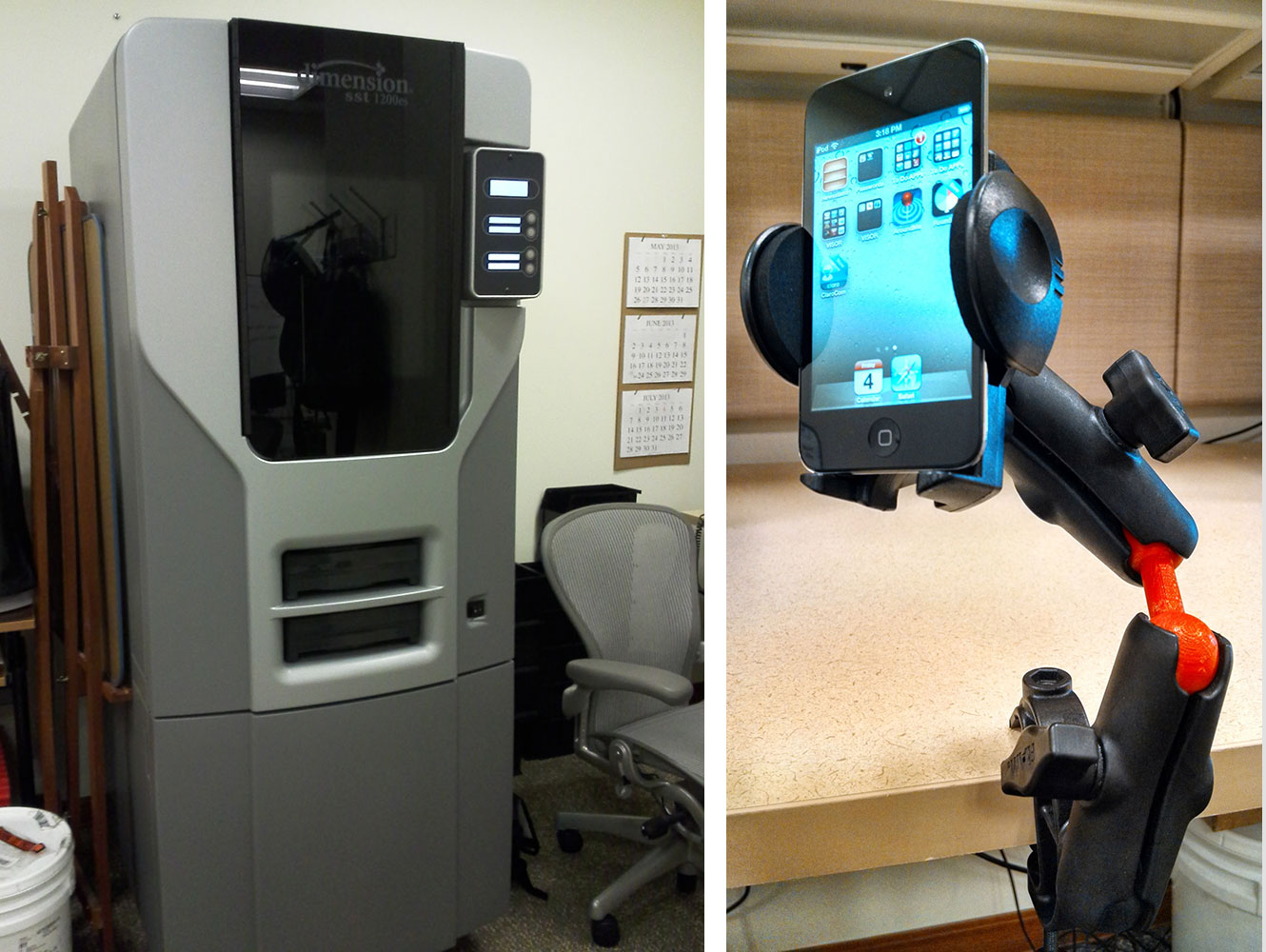One of the best reasons I have found for writing about this 3D printing industry is the extremely wide and diverse kinds of people who you get to meet. And while we pay close attention to the tech side of our business, it is the people using the tech who generate the most interesting part of the tale. This is such a case.
Last month I received an email from a gentleman named Ben Salatin, who works as a Rehabilitation Engineer for the Assistive Technology Department at the McGuire Veteran’s Medical Center in Richmond, Virginia. He told me he was coming to South Korea to give a talk on rehabilitation engineering at several universities around Korea and wanted any advice I could spare him on what he could expect as well as any pointers I had on effectively communicating to his Korean audiences…both linguistically as well as culturally.
For those who are unfamiliar, rehabilitative engineers usually work with physical therapists and patients to design, build, and test specialized equipment to solve health, comfort and lifestyle problems for people with disabilities.
Even though it is an engineering practice, a large part of the job involves skills more akin to art than science. This is due to the often unique nature of physical disabilities…each patient’s condition is different, and so a “one size fits all” approach simply does not work.
I made plans to attend his presentation at Dong-Eui University here in Busan, and meet with him afterward to get his impressions of his experiences as well as find out more about how 3D printing affects his job. At the university I met Dr. Moon In-Hyuk, from Dong-Eui’s Mechatronic Engineering Department, who was the sponsor of Mr. Salatin’s talk at the university and we entered the presentation hall. It was a medium sized audience with about 150 – 200, mostly engineering students, in attendance.
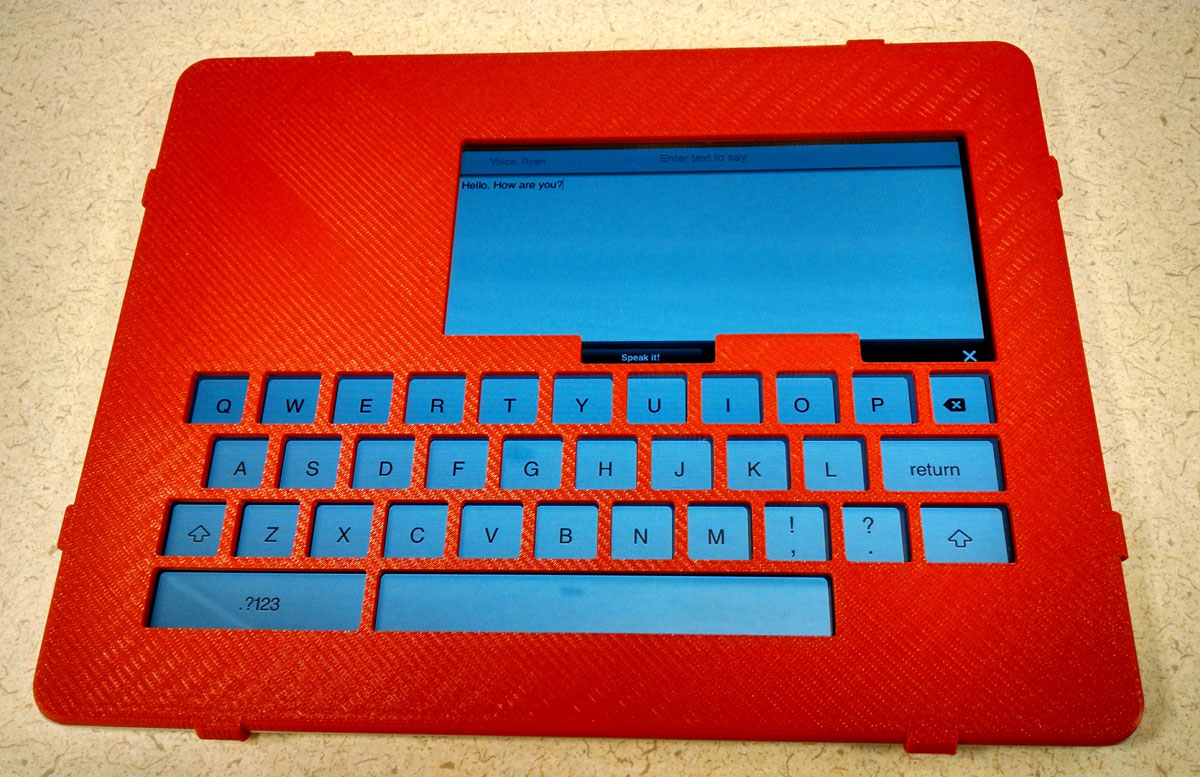
In his talk, Mr. Salatin covered the basics of 3D printing, including what it is, how it works, what materials are used, what it can do…and importantly what it cannot (yet) do. He then presented a series of case studies wherein his department had designed new, or modified existing, devices for patients. Some of these included an iPad keyguard for a person with severe hand tremors, a smartphone rotation mount, as well as several other customized mounting accessories for wheelchairs and patient beds, and a hygiene mirror for a paraplegic patient. He told the audience that some of the reasons he uses a 3D printer include: urgency, the needed item does not currently exist, or the items that do exist need extensive modification before the patient can effectively use them.
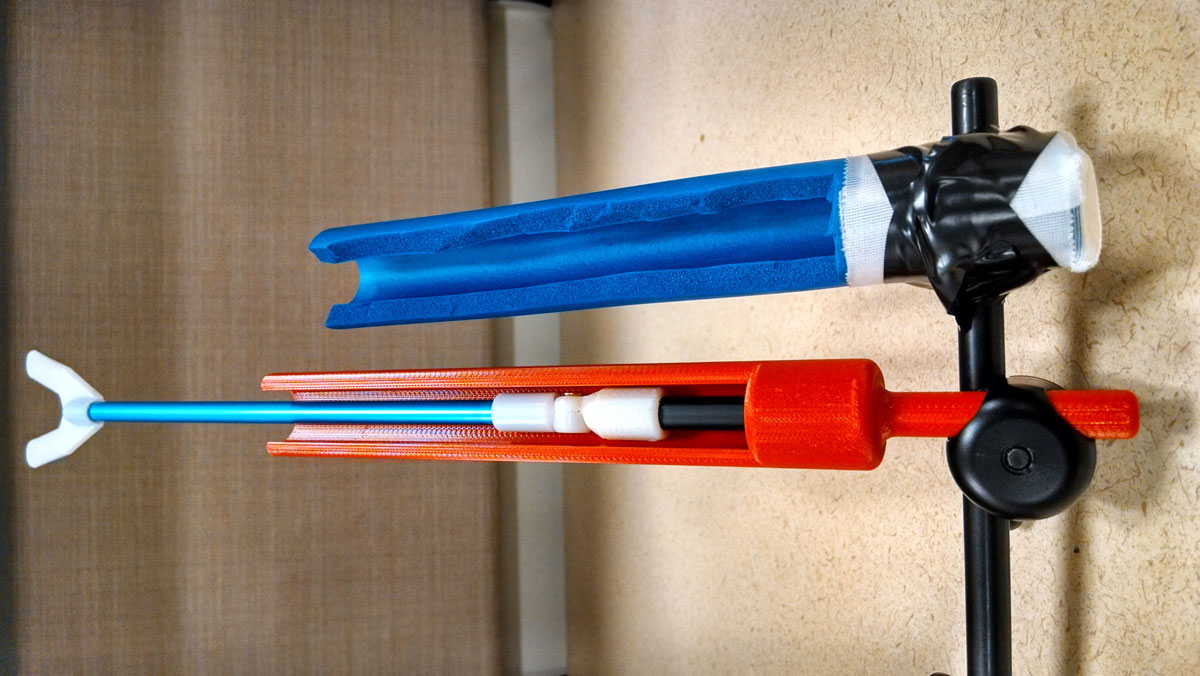
He often spoke about the trial and error process that his job involved, noting that, “just because it is a good idea in the lab, doesn’t mean it is a good idea in the real world.” He cautioned the student engineers to work closely with the therapists and patients, and not to get so caught up in the project that they lose sight of its purpose and end up spending all their time in their labs. “If a patient doesn’t use your device because it is uncomfortable or difficult to set up or use…it does them no good, and you’ve wasted your time.”
And that time can translate into some serious money. As he noted at the opening of his presentation, the US Department of Veteran’s Affairs is the 2nd largest federal agency with a healthcare budget of over US$60 billion. They operate 150 hospitals and 820 outpatient clinics nationwide, serving about 6 million US vets each year.
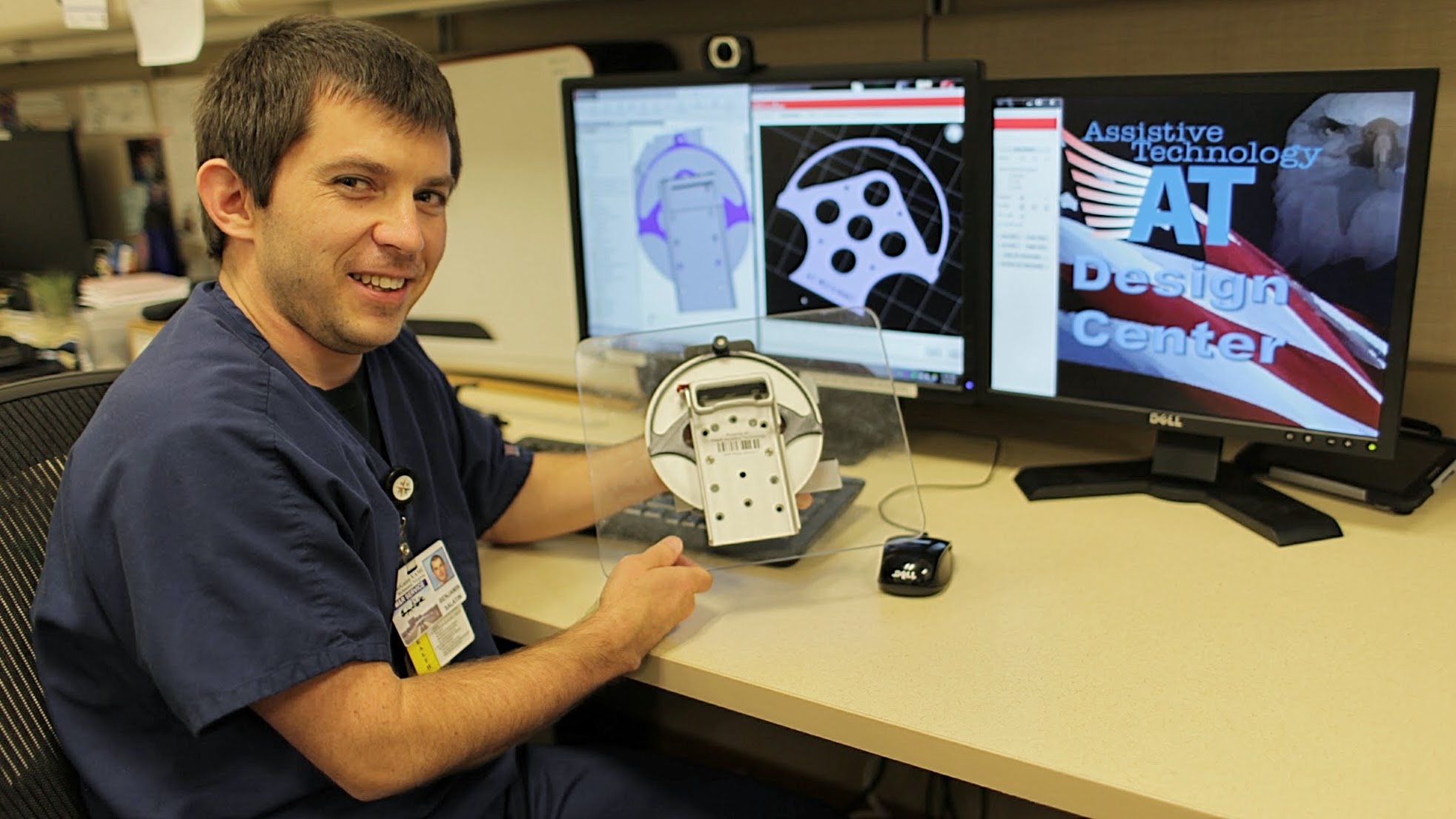
He concluded his presentation by answering several student questions and by encouraging the audience to visit the Rehabilitative Engineering & Assistive Technology Society of North America (RESNA), to network and share ideas and information on this specialized field where the paths of engineering and medical care cross.
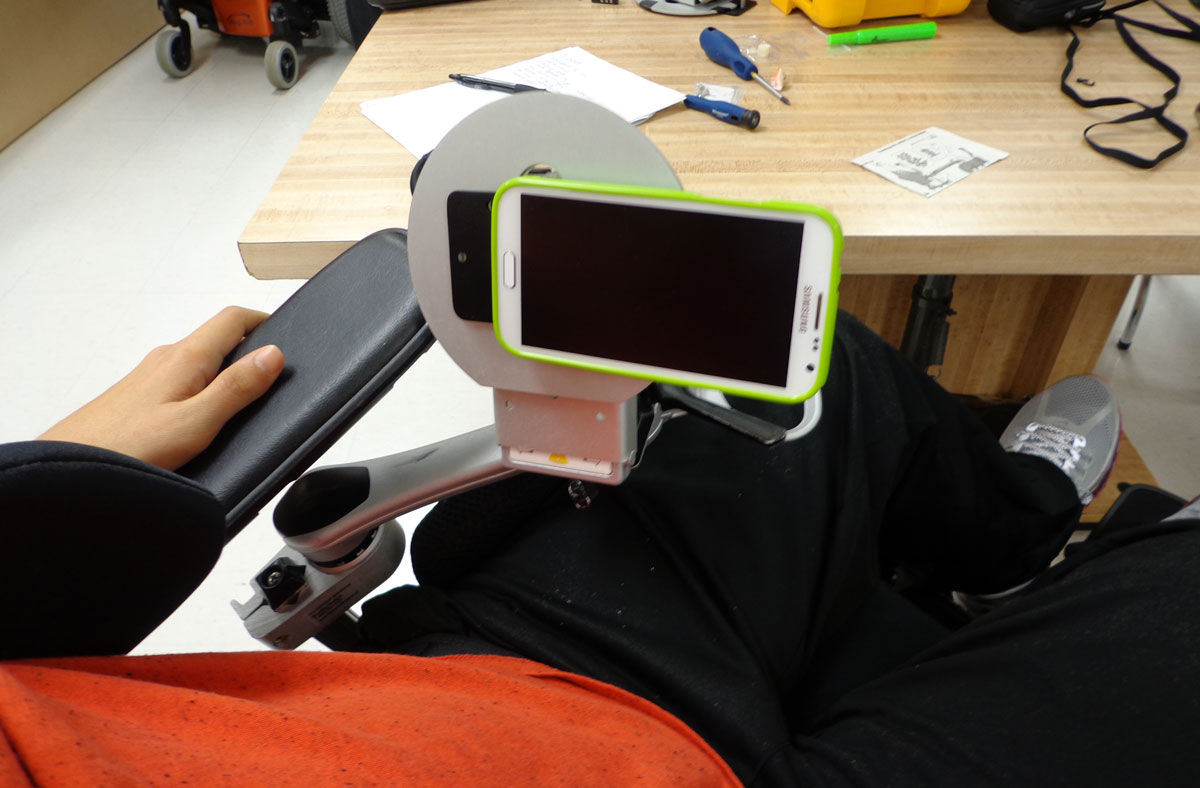
After the talk we met outside the presentation hall, along with Dr. Moon and Dr. Yu Hongliu, the director of Institute of Rehabilitative Engineering and Technology, visiting from the University of Shanghai for Science and Technology in China to tour Dr. Moon’s laboratory. There we got a chance to see many of the projects Dr. Moon and his graduate students were working on.
Mr. Salatin was impressed by both the lab and the students and noted that his machine, a Stratasys Dimension, was nearly identical to Dr. Moon’s printer. Dr. Moon explained that the university had acquired the machine about 2 years ago, and they have been using it almost non-stop ever since. He said the machine had proven itself “invaluable” to the work flow of his laboratory. “We thought it would be useful for prototyping and testing, but we found that many of the parts, if designed correctly, are strong enough to actually be used.”
